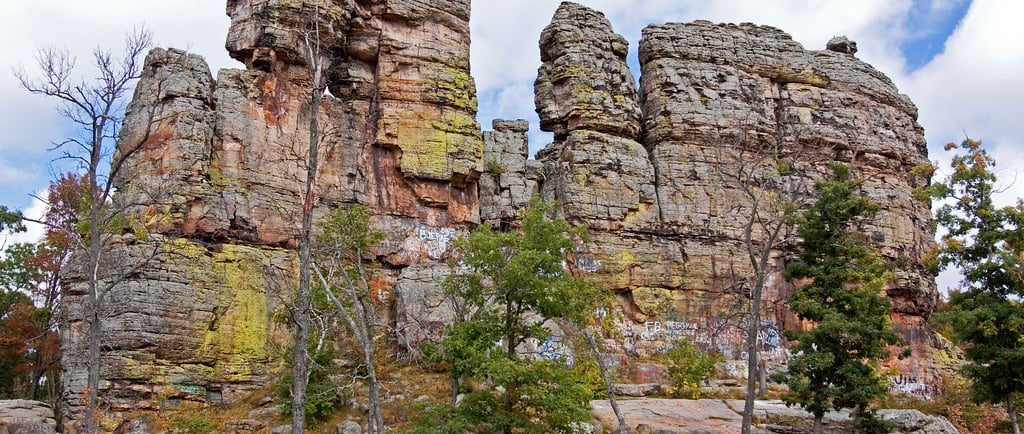Exploring the Historical Significance of Roche-a-Cri
8/6/20241 min read


Introduction
The Crude Twins present an engaging introduction into the historical minisode 71-historical. Today, we turn our focus to the fascinating rock formation of Roche-a-Cri, located in Wisconsin. Before we proceed, a kind warning regarding the occasional lapses in our word pronunciation is warranted, as Amber shares a relatable anecdote illustrating the occasional disconnect between her thoughts and speech.
The Formation and Naming of Roche-a-Cri
Roche-a-Cri is an intriguing rock formation named by French explorers. The translation 'crying' or 'shrieking rock' references the sounds that reportedly emanated from the structure. Once an imposing rock island in what was then Glacial Lake Wisconsin, Roche-a-Cri stood significantly in the central region of the state. As the glacial lake receded, it left behind a flat-topped and cliff-sided mound, which stands as a striking testament to the geological transformations that have shaped this region over millennia.
The Geological Evolution of Roche-a-Cri
The rock formation has undergone countless changes over the centuries. Originally part of a vast glacial lake, it is now a flat-topped mound offering a glimpse into the past. Explorers from France named it 'Roche-a-Cri' owing to its distinctive auditory associations, etching an audible memory into its identity. The rock formation's evolution from an island to a mound showcases the power of geological shifts and natural forces over time.
Amber's Anecdote and Historical Context
Before diving into the rich historical background of Roche-a-Cri, Amber shares a light-hearted story illustrating her occasional issues with pronunciation, inviting listeners to empathize with the genuine and relatable nature of human imperfections. Despite this, we delve lovingly into the formative history of Roche-a-Cri, exploring how it has transitioned over the eras. Understanding this history provides deeper insight into the heritage of Wisconsin and the lasting impressions left by its early explorers and natural forces.
